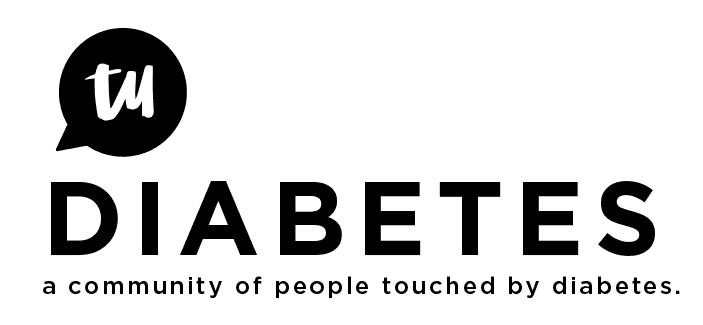I have tried to do some searching and nothing on this exactly really seems to come up.
I have been a Medtronic user for many many years. Three different pumps. Now on the 770G. Overall, very pleased. However…
I am not for sure when I finally realized this was occurring, but it seems that every time I do a new reservoir change I get dosed with extra insulin.
I first noticed abnormal lows every once in a while. Starting doing some investigation and keeping a log and finally tracked it down to shortly after new reservoir changes.
To prove my theory, I would leave my pump disconnected for an hour or so after a reservoir change and I can literally see drops of insulin forming at the end of the tubing (much more than my 0.600 basal rate would account for).
I am now pretty much 99.9% positive this is an actual thing happening. And, I can confirm this was happening with my old pump and my new 770G as well.
I am going to talk to my doc and I have placed a call into my district Medtronic trainer as well.
Has anybody else experienced this? Could I somehow be doing something wrong when I fill my reservoirs?
I know there was a reservoir recall quite a while ago. I have not gone through all my lot numbers, but I am pretty sure that was so long ago that all my reservoirs are newer than the recall.
I am glad I narrowed this down and can prepare for it. But, this obviously should not be happening.
Thanks!

